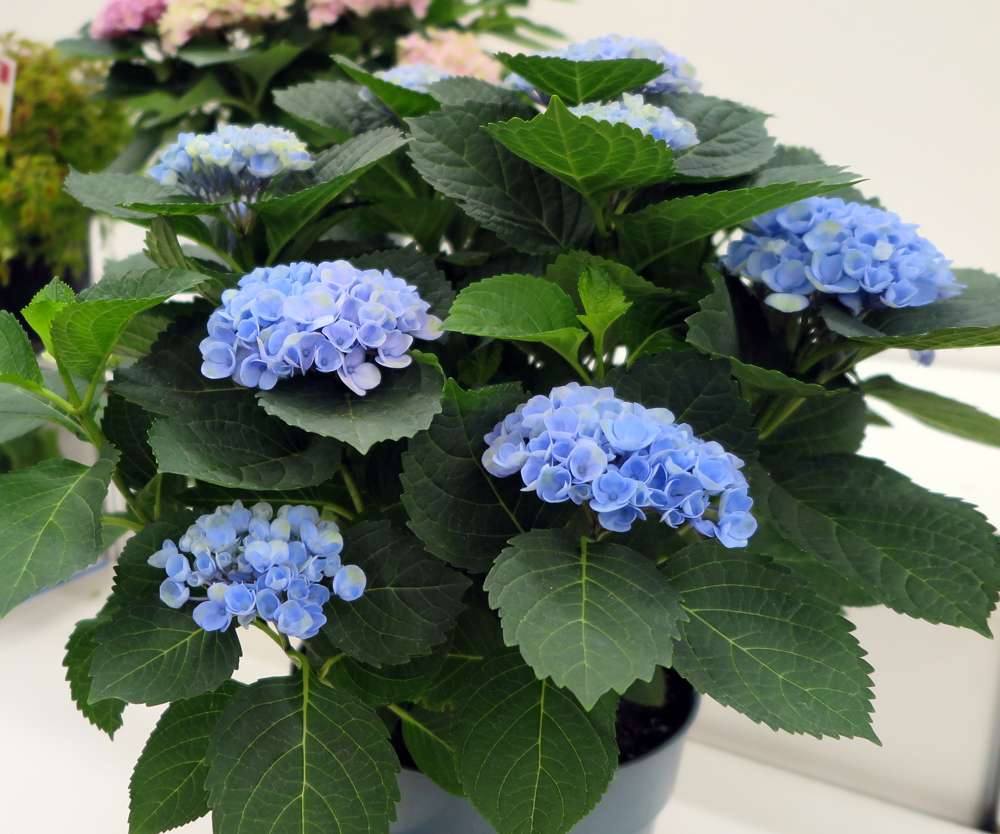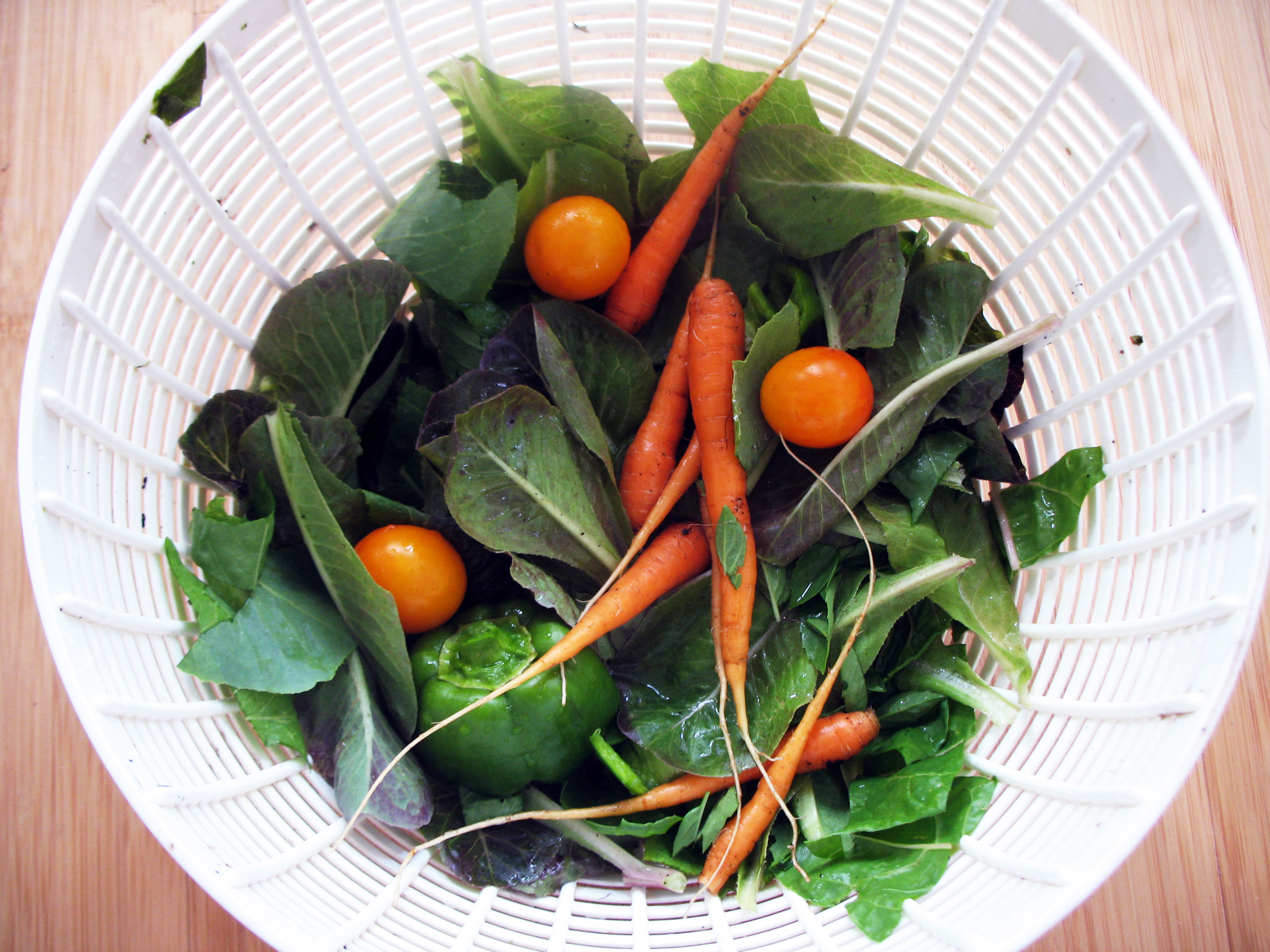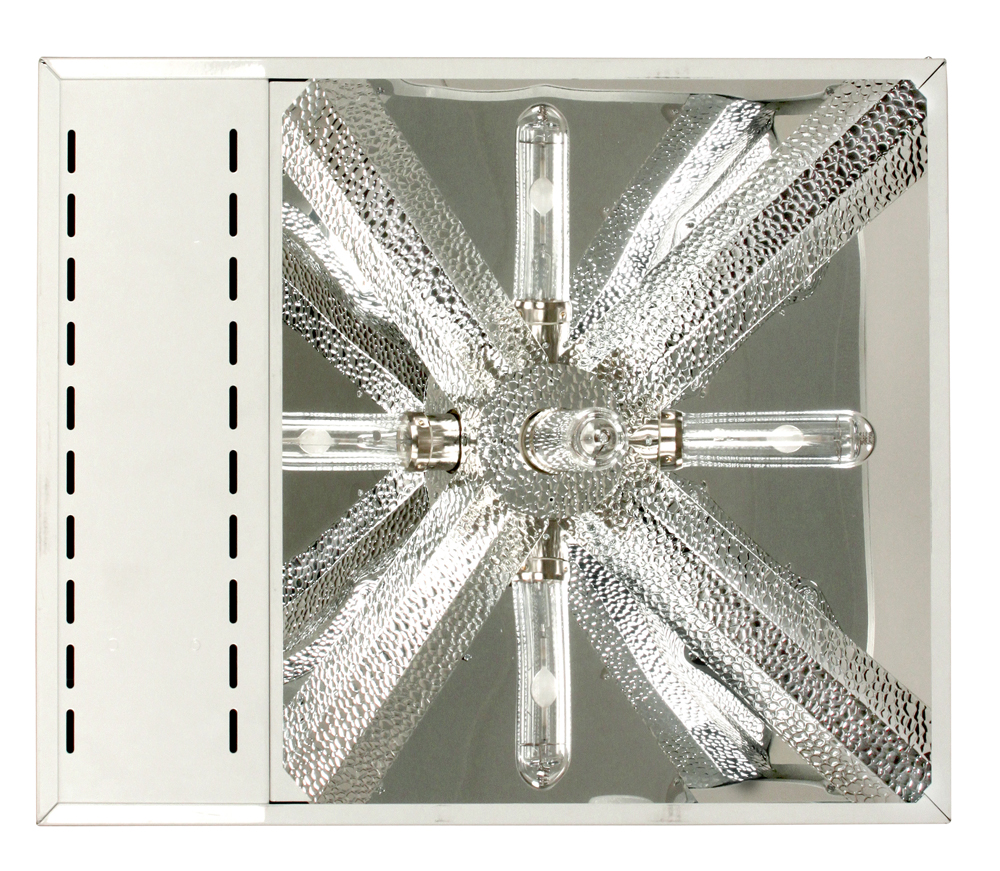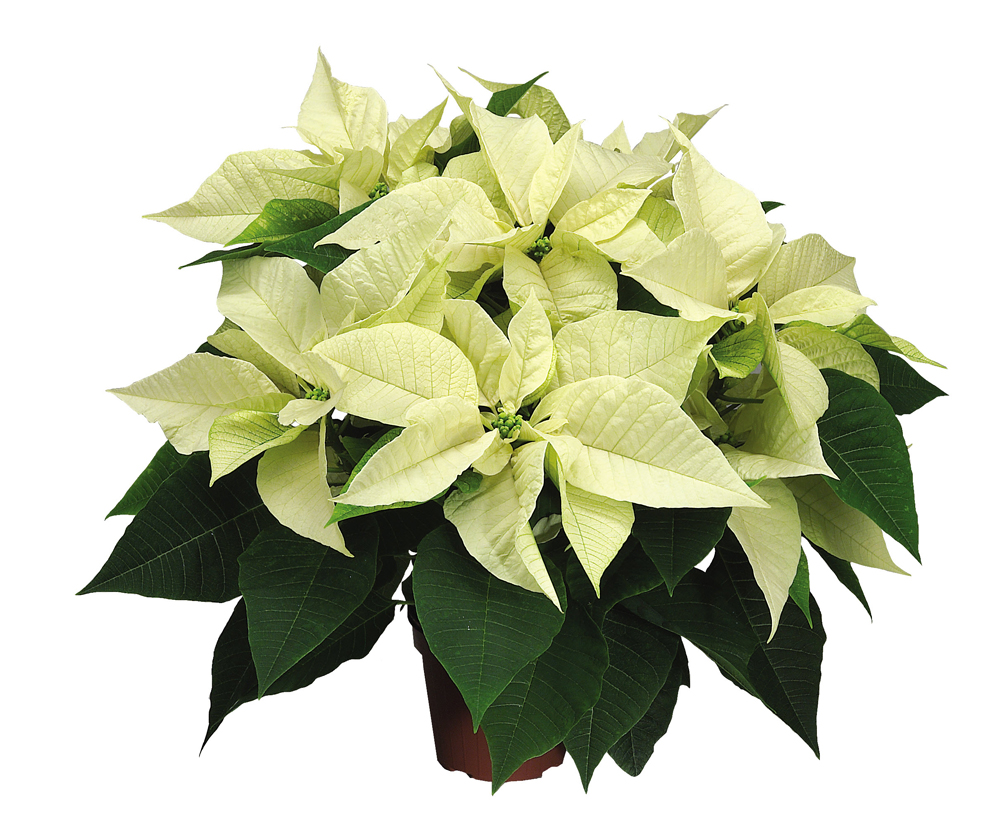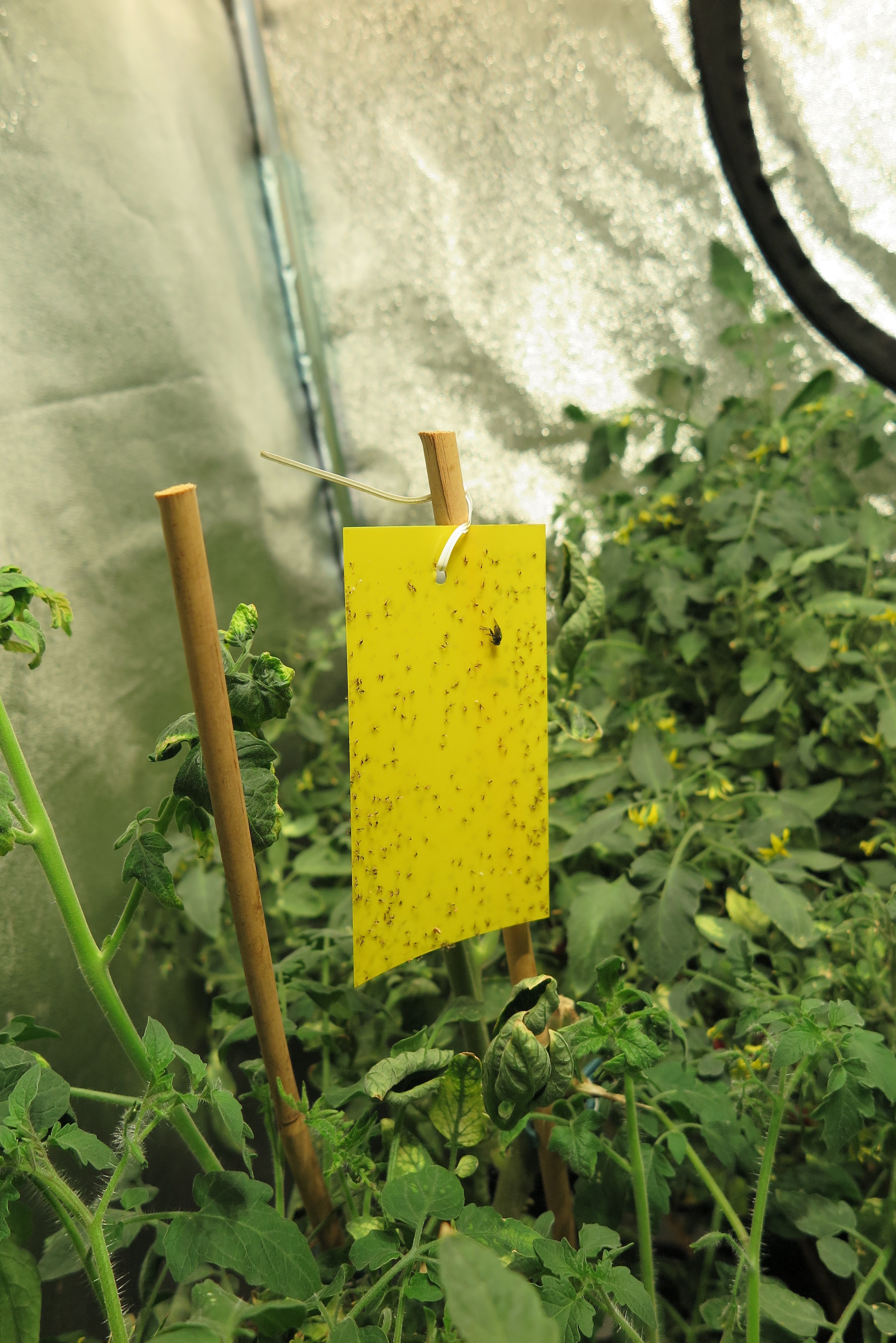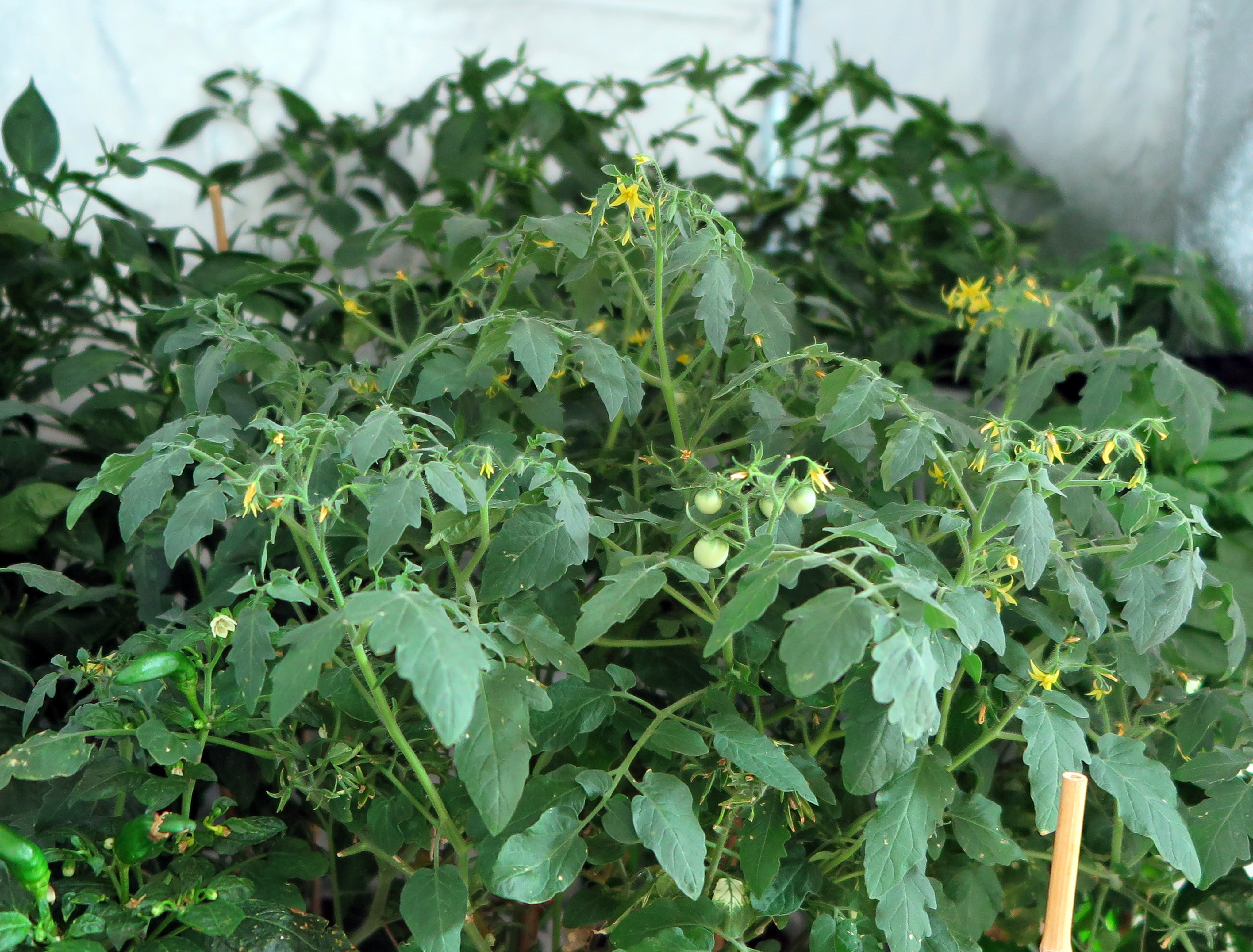LED Efficiency Getting Better
July 30, 2018
To date, LEDs may still not be quite as efficient for growing plants as other types of grow lamps (such as high pressure sodium lamps -HPS) - but the technology is getting better all the time. Newer LED lights, depending on the wattage, claim to be just as intense as traditional HPS lights in terms of the amount of PAR they can produce. I see new LEDs coming out on the market all the time and they are getting more powerful and efficient in terms of the volume of light they deliver to your plants.

LED bulbs are available in various shapes and sizes.
PC: Leslie F. Halleck
Real outputs will vary among different manufacturers, and quality construction matters. As in most cases, you get what you pay for. Look for good quality lamps from companies who will provide you a lot of information about the grow lamp and its light output. Cheap doesn't usually translate to efficiency!

